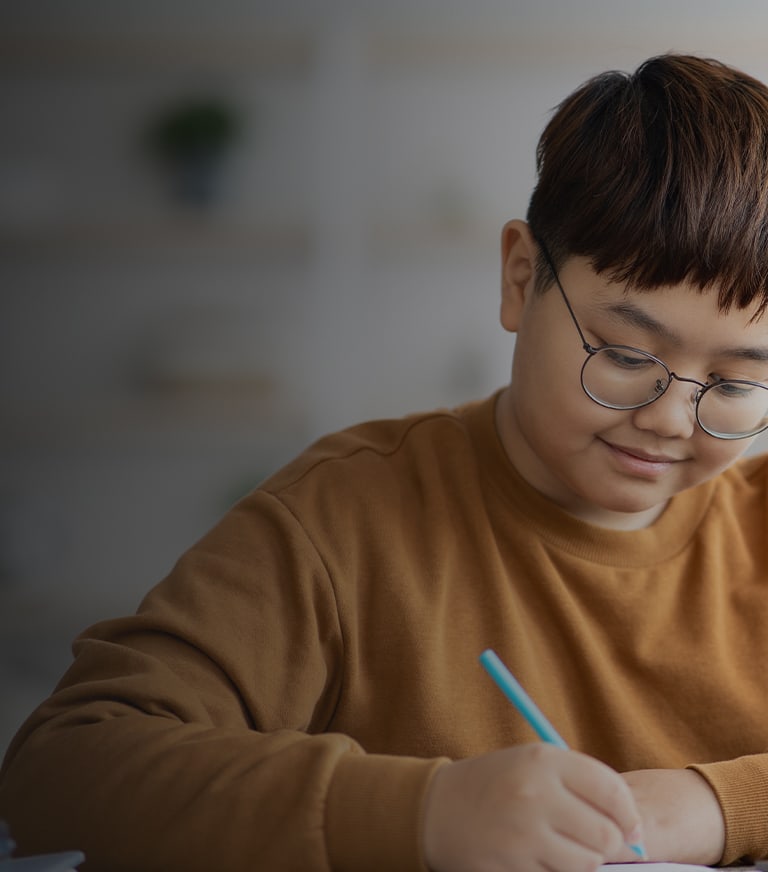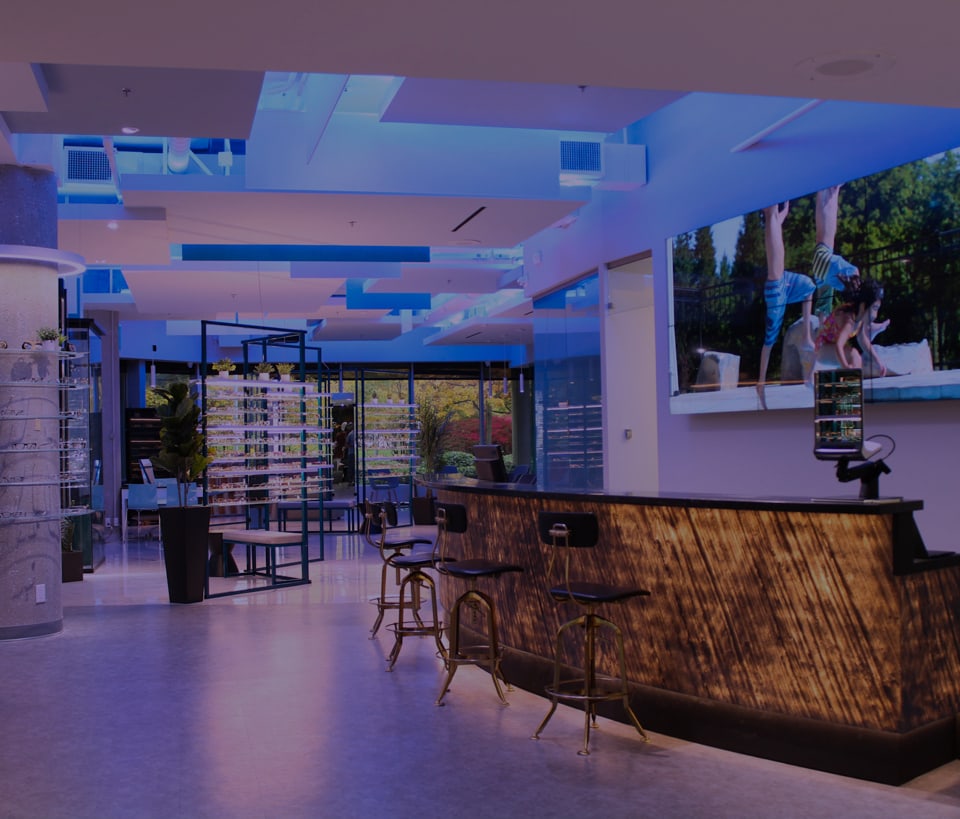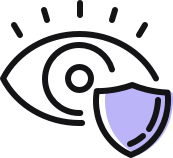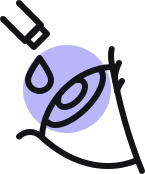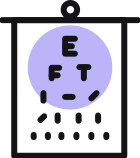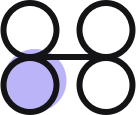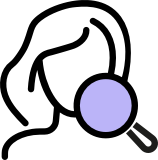Keeping Your World in Focus
Myopia (or nearsightedness) is a progressive condition that causes light rays to focus on a point in front of the retina rather than directly on it. Myopia occurs when the eyeball is too long, or the cornea is too steep to focus light correctly on the retina.
Myopia is generally a hereditary condition, but can also happen spontaneously. Nearsightedness often appears in childhood and stabilizes throughout adulthood, but certain treatment methods can help slow and even halt the progression in the early stages.
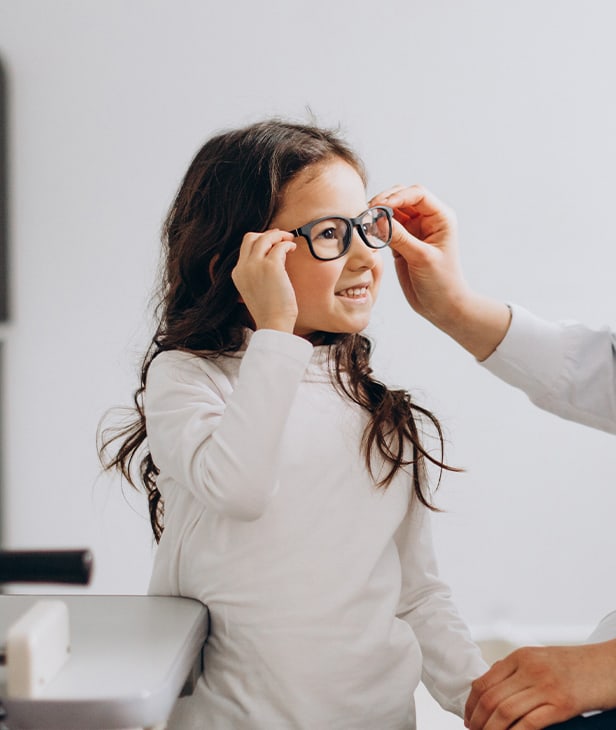
Diagnosis & Treatment
for Myopia
Myopia is typically diagnosed through visual acuity testing as part of a comprehensive eye examination. A standard letter chart, called a Snellen chart, may aid in diagnosing the severity of your myopia. We may also use a retinoscope to examine your retina and a phoropter to determine the correct prescription to correct your vision.
Usually, eyeglasses or contact lenses will be prescribed to give you clear vision. They work by refocusing light rays to create a clear image. However, certain methods can slow the progression of myopia, reduce the number of times your prescription will change, and even correct vision.
Orthokeratology: Reshaping the Effect of Myopia
At Eyes on Sheppard, we’re dedicated to using innovative techniques that can help children manage the effects of myopia (nearsightedness) during their growth and development.
Orthokeratology, or ortho-k, is a technique designed to help correct myopia by gently reshaping the cornea with custom-made, rigid, oxygen-permeable contact lenses worn while you sleep. These lenses can help kids and adults enjoy life with clearer vision, no glasses, and a reduced risk of complications associated with myopia progression like glaucoma, cataracts, and retinal detachment.
Contact us today to explore your options for ortho-k.
While your child is asleep, these lenses can reshape the front surface of the eye so that when they wake and remove the lenses, they can enjoy clear vision throughout the day without any glasses or additional contact lenses.
Not only does ortho-k offer freedom from wearing corrective lenses during daily life, but it can also play a crucial role in slowing down the progression of myopia and astigmatism.
The earlier that intervention with ortho-k begins, the more we can help your child avoid the risks of high myopia and potential myopia-related eye health issues, especially retinal problems.
Ortho-k can be a fantastic option for anyone experiencing early signs of myopia.
It’s essential to start considering myopia control methods like ortho-k between the ages of 6 and 16 when the eye’s growth is at its peak. By entering ortho-k treatment at this critical period, children can increase the stability of their vision prescription in their adult years and lower their risk of developing severe complications associated with high myopia. Adults may also use this as an alternative to laser vision correction and glasses or daytime contact lenses.
Despite the effectiveness of ortho-k in managing myopia, not everyone is a suitable candidate. Successful ortho-k treatment requires commitment to proper lens care and handling to avoid the risk of infections. Additionally, adaptation to the sensation of the lenses on the eyes is part of the process and may take a week or 2.
Clear Vision, Growing Eyes: Soft Myopia Control Lenses
Soft myopia control contact lenses are disposable lenses designed to be worn during the day. These lenses stand out from regular soft contact lenses due to their design, where the outer part of the lens adjusts the focus of the light from the periphery while the center contains the prescription needed for clear distance vision.
Research indicates that soft bifocal contact lenses have been effective in reducing myopia progression by approximately 60%. In order to be effective your child should wear these lenses for a minimum of 8 hours a day, 5 days a week, with optimal outcomes seen when wearing them for 10 hours or more at least 6 days per week.
In general, wearing contact lenses can increase a child’s risk of eye infections compared to glasses, with statistics showing an increased risk of 1 per 1000 for orthokeratology (ortho-k) wear and 1 per 5000 for disposable soft lens wear.
Children who wear contact lenses can experience an increase in self-confidence both in school and during sports activities. Additionally, the freedom from concerns about glasses breaking, bending, fogging up, or obstructing peripheral vision is a big advantage.
Studies have demonstrated that children only require 15 minutes more than teens to learn how to manage and wear contact lenses. Moreover, children aged 8–12 appear to have a lower risk of eye infections when using contact lenses compared to teenagers and adults.
Myopia Control Glasses: Options & Benefits
Optical lenses with specialized designs are now available to modify the focus of peripheral light with a gentle blur effect. These lenses aim to replicate the effects of orthokeratology (ortho-k) and soft myopia control contact lenses, but your children can still glance around the patterns embedded in these glasses lenses.
Various brands offer myopia control lenses, each with their own patented designs and distinctive success rates in reducing myopia progression. It’s crucial to consult an eye care professional to explore the different styles. We can help you determine the most suitable option for your child based on their prescription and age.
Additionally, it’s worth noting that glasses can be combined with atropine treatment for enhanced effectiveness.

Other Myopia Control Methods
Medically prescribed eye drops that contain a low dose of atropine have been used to slow the progression of myopia since the 1960s. Studies have shown that low-dose atropine eye drop treatment may slow myopia progression by 50-60% over 2 years.
Lifestyle Habits to Help Control Myopia Progression
In some cases, adopting certain healthy habits can help manage myopia progression for your child. These are some of the strategies recommended by the team at Eyes on Sheppard.
Incorporating these habits into your child’s daily routine could go a long way in managing myopia progression. Remember, regular checkups with an optometrist are equally important for monitoring your child’s eye health and catching any potential issues early. Measuring their axial length of their eye is crucial for management and monitoring.
Being outdoors can play a crucial role in eye health. Aim for your child to spend at least 90 minutes daily outside, which can slow the onset and progression of myopia.
A balanced diet is key for overall health, including your child’s eye health. Include plenty of antioxidants like vitamins A, C, and D, and omega-3 fatty acids in your child’s diet. Remember the phrase, “Eat all the colors of the rainbow!” to ensure they’re getting a variety of nutrients.
To prevent eye strain from screen time, encourage your child to follow the 20-20-20 rule. After 20 minutes of screen time, look at something about 20 feet away for 20 seconds.
Encourage your child to follow the elbow rule by maintaining a forearm’s distance (elbow to hand) between their eyes and the book or screen they’re viewing.
It’s important to limit screen time, especially before bedtime. Ensure no video displays are used at least 45 minutes before sleep, and avoid screens during meals.
Proper lighting can help reduce eye strain by preventing glare and helping make it easier to see. Workspaces and play areas should be well lit. Make use of natural light for areas without screens, but avoid placing screens across from windows or light sources that can create glare.
Don’t underestimate the power of a good night’s sleep. For kids, the recommended amount is 8–10 hours per night. Adequate, quality sleep is crucial for overall brain and eye health.
Request Your Appointment Today
We’re happy to help you find the treatment method that works best for you. Please give us a call if you have any questions!

You’re Worth Seeing
What’s Trending
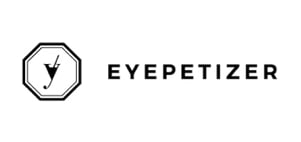
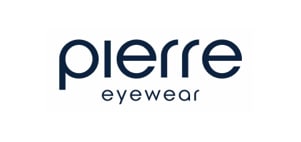
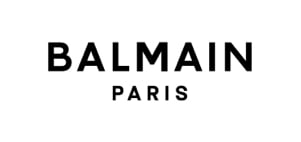

Our Brands

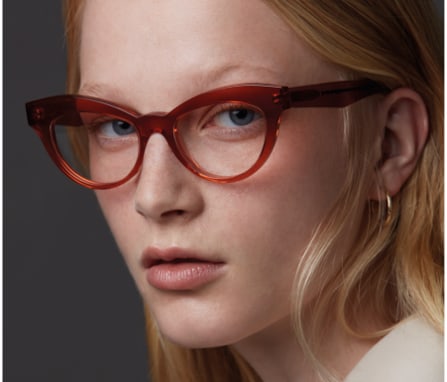
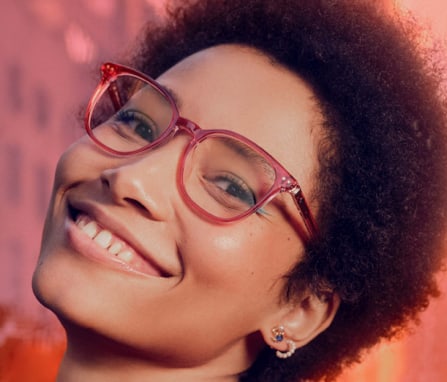
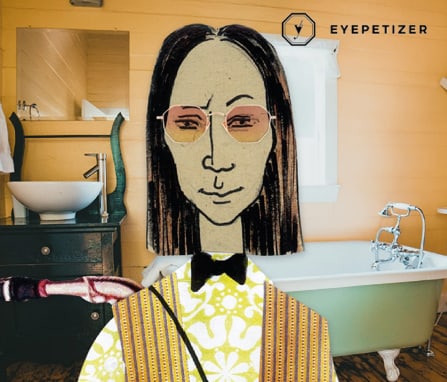

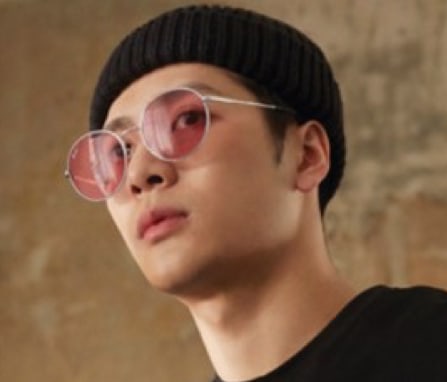

Check us out on Instagram
Error: No feed found.
Please go to the Instagram Feed settings page to create a feed.
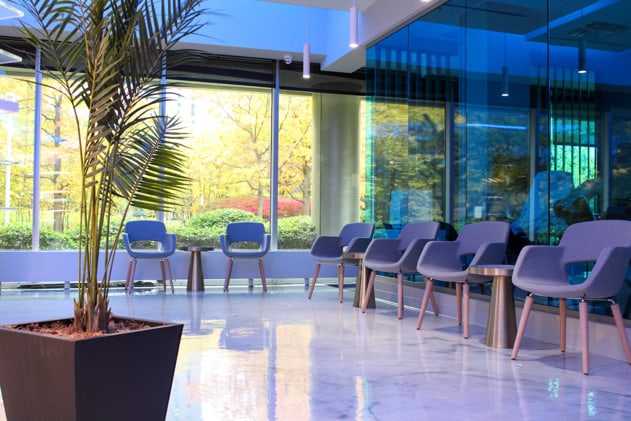

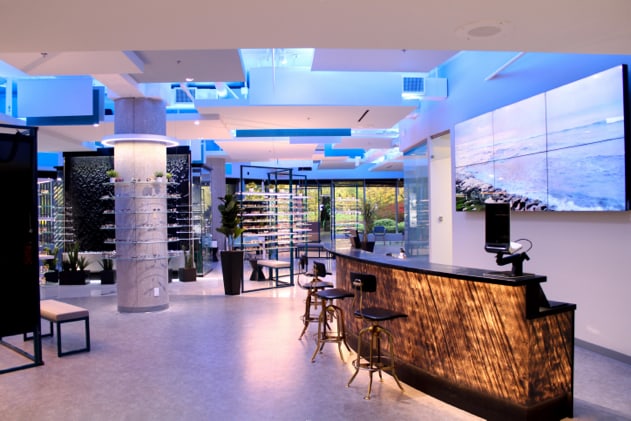
You’re Worth Seeing
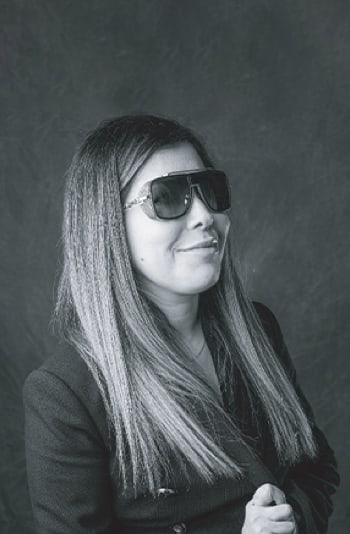
Sepi
Optician
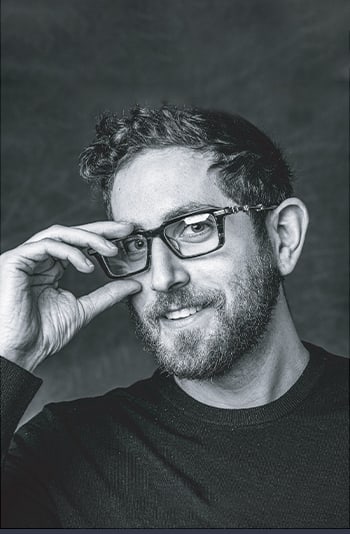
Dr Jordan Friedman
Optometrist
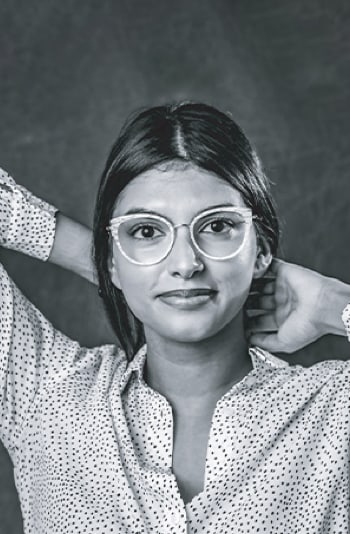
Sarah
Pre-Service Technician

Dr Stan Salsberg
Visionary
Visit Our Office
You can find our beautiful new office at 90 Sheppard Avenue East in North York. Access the building’s parking lot just off of Sheppard Ave East onto the Parkway, around the back of the building. You can also access the Parkway by Doris Avenue, just past the Toronto Catholic School Board.
We offer complimentary parking for patients who sign in at our front desk.
Contact Information
- Phone: 416-733-4444
- Fax: 416-733-3353
- Email: [email protected]
Address
- 90 Sheppard Avenue East
- North York, Ontario M2N 3A1
Hours of Operation
- Monday: 9:00 AM – 7:00 PM
- Tuesday: 9:00 AM – 8:00 PM
- Wednesday: 9:00 AM – 7:00 PM
- Thursday: 9:00 AM – 7:00 PM
- Friday: 9:00 AM – 1:00 PM
- Saturday: 9:00 AM – 1:00 PM
- Sunday: Closed
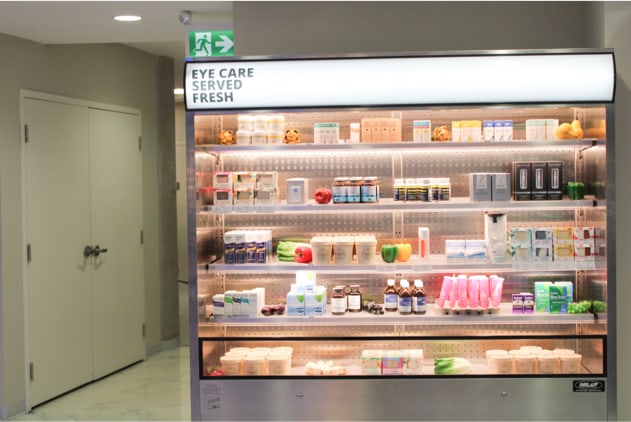
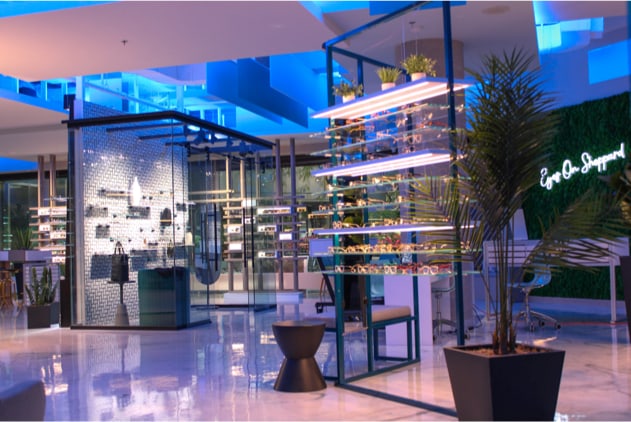
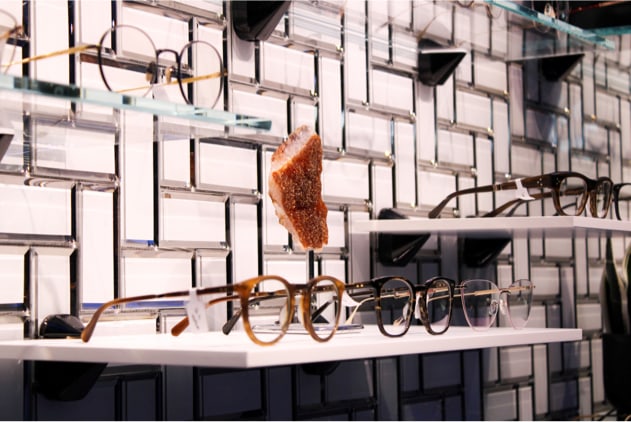

Google Reviews


